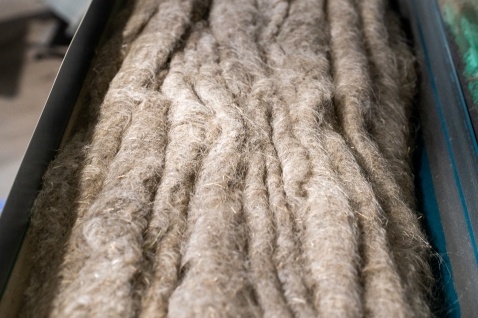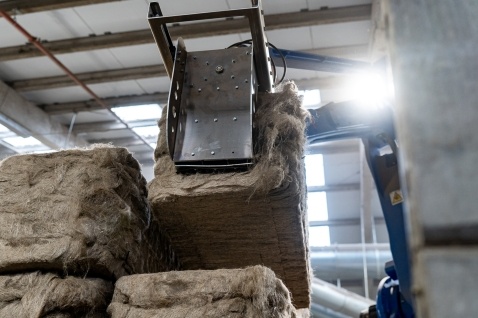Flax in its many facets
Without any doubt, we also have the right product in our range for your specific application. If you do not immediately find what you are looking for on our site, please feel free to contact us and we will look together at the possibilities to help you further.
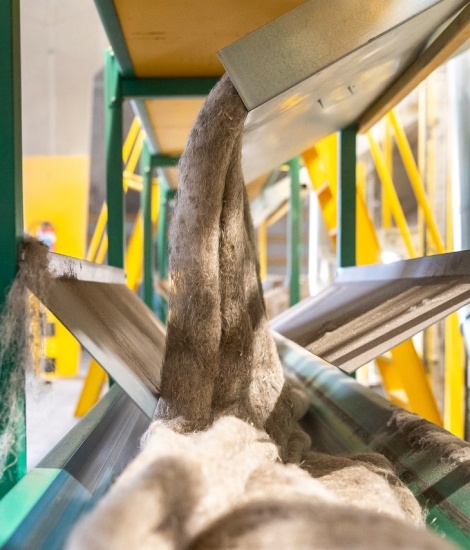
Carded flax
Carding is the mechanical process in which flax fibres are untangled, cleaned and joined together to prepare the flax for further processing.
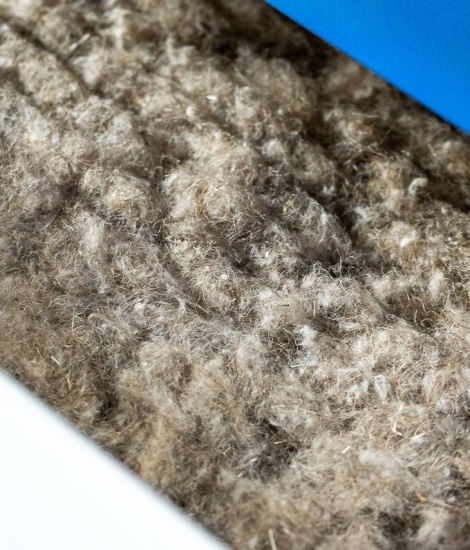
Cottonised flax
Cottonising means shortening the flax fibre, making it finer and giving it the same characteristics as cotton. Intended for open-end and ring spinning mills spinning blended yarns from Ne10 to Ne50.

Combed flax tops
Combing of hackled tow consisting of short and half-long fibres which are processed into basic raw material for spinning mills, usually based on the wool system.
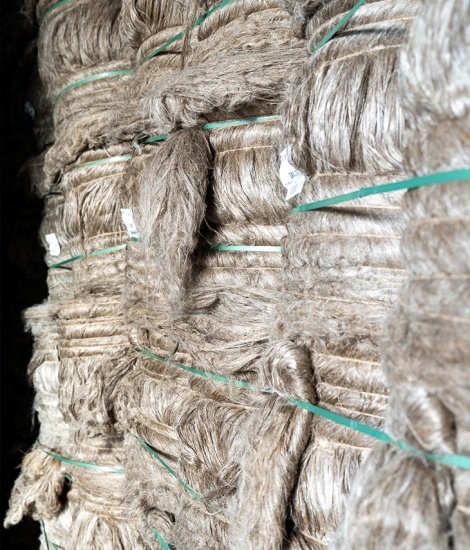
Scutched flax and hackled line sliver
Scutched flax and hackled tow for (wet) spinning mills producing 100% flax yarn from long fibres. Meant for yarn counts between 10Nm and 50 Nm.

Flax yarns
Apart from selling flax fibres, we also offer 100% flax yarns depending on a limited stock service to European weaving mills and for knitwear.
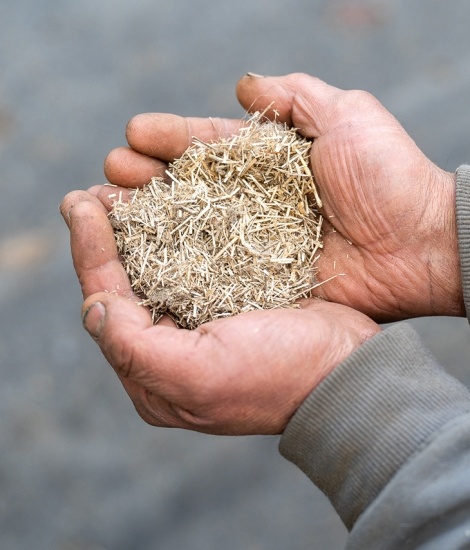
By-products of flax
Flax dust for fertilizers and biogas. Flax shivers for stable bedding and feed. Flax fibers for insulation and paper industries.
About flax...
Natural fibre with a rich history
Representations on ancient Egyptian structures indicate a flax culture in the 1400 BC period. Flax, which is the basis of linen, was used in the clothing of priests and was considered a symbol of divine purity. Initially, flax fibres were mainly used to meet basic needs such as protective clothing because it is water-absorbent and comfortable to wear. Much later, it became a trendy and fashionable textile product that, thanks to its hard-wearing and durable nature, has become an integral part of our current fashion world.
Sustainability
Nothing of the flax plant is lost, because apart from the fibres, the seeds are also used. Not only in clothing or household linen, also in particularly innovative, highly technological applications. Did you know, for example, that flax has even found its way into the operating theatre, to bank notes, floor coverings and cosmetics, even into ultra-light composite materials? All of these prove conclusively that flax is more then ever a product of our time!
Processing
Between growing flax in the field and applying it in several end products, flax undergoes a whole range of processes.
Flax is not harvested by mowing it, it is harvested by pulling it out of the field whilst keeping the roots. In former days, growing flax was only done manually and was very work-intensive, now the process has been completely mechanised. After harvesting, the flax plants are dried, stacked in hedges and their seeds are removed. Retting and turning serves to loosen the fibres. In previous days, this was done in rivers. Now, things are done more ecologically and flax is retted in the field, with help of rain, dew and sun.
Scutching and hackling is necessary to separate the usable fibres from the straw. The short fibres (tow) will be for spinning cord and rough yarn. The long fibres (line) will produce the finest linen yarn. During spinning, the fibres are stretched to ‘ribbon’ and twined together. On the spinning machines, they are spun to yarn in several weights and thicknesses. After this complicated process, the yarn is ready to be bleached, coloured and woven. Until today no other fibre can offer such a unique combination of creativity, luxury and comfort, of pure class and practical durability than linen.

